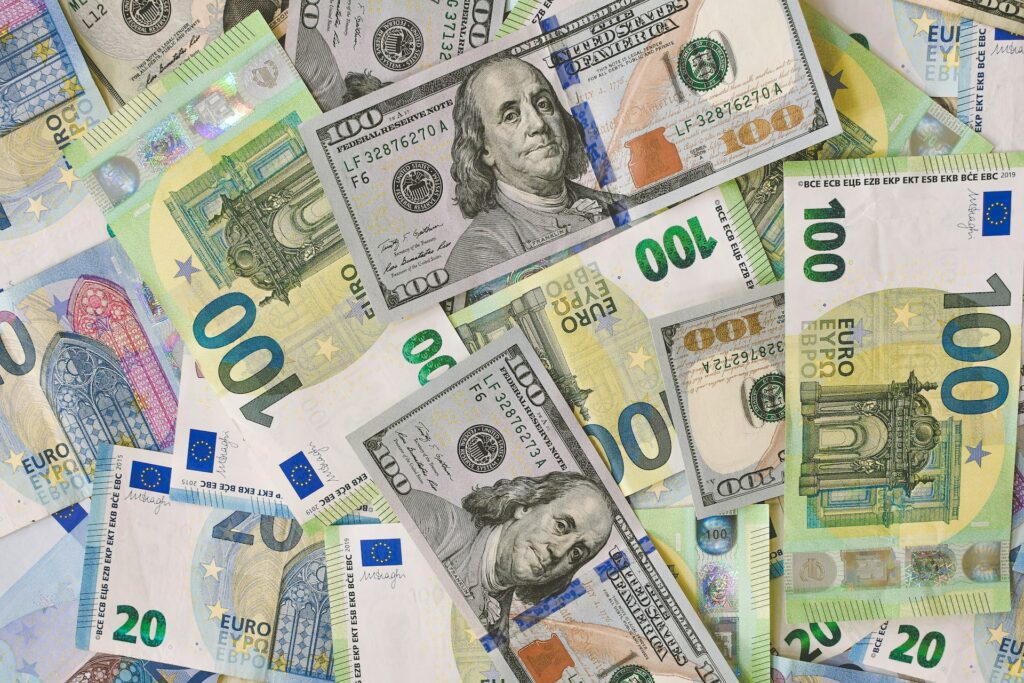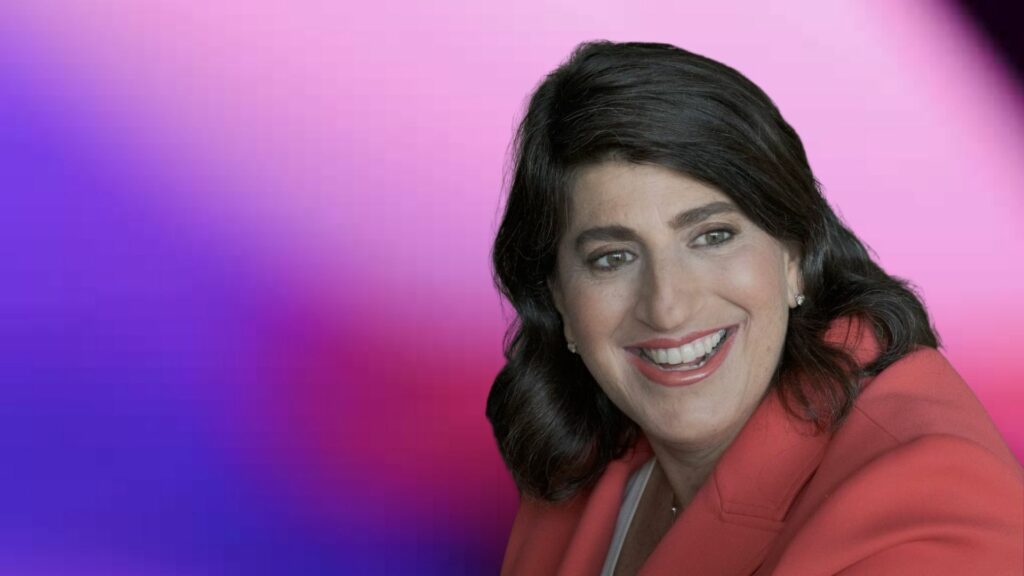Affording an MBA in the era of inflation

While Taylor Swift is still trying to understand how much one egg costs, the rest of us are all painfully aware of the daily impacts of inflation. The Labor Department reported that the CPI, a broad measure of the price of everyday goods that includes gasoline, groceries and rents, rose 0.5% in the month of January after a surprise decline of 0.1% in December.
Grabbing breakfast has gotten pricier, fueling up our cars on our commutes is costing more, and rent is rising. Really rising. A recent real estate firm report finds the average Manhattan rent climbed to $4,097 last month, the third-highest hike on record and up more than 15% from January 2022.
So while inflation is impacting our ability to save, spend and plan in all areas of life, how does it change the way we need to approach business school and tackle student debt? Two overlapping groups — those seeking to take out a student loan to cover their current or future educational expenses and those in the process of paying off their student loan debts — are feeling the financial crunch.
In an interview with the Financial Times, the chair of the UK’s Chartered Association of Business Schools and pro vice-chancellor of the faculty of business and law at Northumbria University in the UK Robert MacIntosh says MBAs are a broad category.
“At the premier league of business schools, you have a lot of wealthy individuals who can afford the costs,” he adds. “But you also have a lot of other people, including social entrepreneurs and public sector workers, who are likely to be struggling to find the money, and might now defer that choice until the economy is looking better.”
Studies consistently show that an MBA from one of the top schools commands a strong ROI regardless of the economic climate when a student undertakes a program, but that doesn’t mean inflation isn’t a serious consideration for those applying.
Inside the inflation issue
Professor of Economics at New York University’s Leonard N. Stern School of Business Lawrence White tells MBAchic supply and demand issues are at the root of the problem. White agrees with economists who attribute the high inflation we are experiencing to a combination of different factors. From lingering supply chain issues, to the war in Ukraine, and Fed rate hikes, a perfect financial storm has struck and stuck around.
“U.S. fiscal and monetary policy supported the demand expansion for too long,” says White. “Especially monetary policy, which should have been tightened at least 6 months earlier than actually occurred.”
To reduce red-hot inflation rates that are eating into the purchasing power of everyday Americans and avoid a recession, the Federal Reserve has raised the fed funds rate by nearly five percentage points over the last year.
“Without price stability, the economy does not work for anyone,” Federal Reserve Chair Jerome Powell said at an August 2022 speech at Jackson Hole. “In particular, without price stability, we will not achieve a sustained period of strong labor market conditions that benefit all.”
Feds forecast a fall
The Fed’s next interest rate announcement is slated for March 22. Although the Federal Reserve has forecast that inflation in the US will fall to roughly 3% by the end of 2023, experts disagree about the likelihood of this scenario.
While New York Fed President John Williams suggested that the Fed’s battle with inflation was not yet over at a recent New York Bank Association speaking event, he agrees with projections.
“As tighter policy actions continue to work to restore balance to supply and demand, I expect PCE inflation to fall to 3 percent in 2023, before moving closer to our 2 percent longer-run goal in the next few years,” he said.
Others expect a lot of external factors to ultimately determine the economic outlook.
“It is hard to tell,” says White. “A lot will depend on things that are outside of the Fed’s control, such as what happens in the Russian/Ukraine conflict. However, the rate of inflation will likely be slower over the coming year than was true during 2022.”
MBA money moves
An MBA at one of the top 26 business schools in the United States now exceeds $200,000. Based on White’s research and the current economic climate, he says an MBA can be a good investment for those considering business school, but says prospective students need to be fully aware of the financial realities they face before diving into this type of academic commitment.
“Starting salaries for recent MBA graduates are appreciably above the salaries of the jobs that they left,” says White. “But the process needs to be considered in terms of an investment. There will be costs before there will be returns.”
Planning ahead for financial uncertainty is crucial. Mid-level professionals can combat unpredictable inflation by continuing to save and having an emergency fund. Some are going to extreme lengths to save and secure their seat at the table when it comes to business school dreams. Others are taking advantage of trusted methods to reduce the costs of loans before diving in: including scholarships, employer support, and utilizing personal savings.
According to the Student Debt Crisis Center, out of 23,532 borrowers, 92% of those who were fully employed are concerned about affording payments in the face of skyrocketing inflation. For American students, loans from the United States federal government are a good first option because they generally have low interest rates, and interest does not compound while the borrower is in school or in a deferment period. Additionally, federal loans offer flexible repayment plans, such as a pay-as-you earn option or some loan forgiveness for borrowers who enter the public sector after completing their MBA. The new federal student loan interest rates for the 2022-23 school year are as follows:
- Undergraduate loans: 4.99%
- Graduate direct unsubsidized loans: 6.54%
- PLUS loans: 7.54%
For reference, last year an undergraduate federal student loan had an interest rate of 3.73% or around 1.25% lower than the rate for the coming academic year. Private student loan rates have also increased. Fixed-rate private student loans range from 3.22% to 13.95%, and variable-rate private student loans range from 1.29% to 12.99%, according to Bankrate.
To stay organized and save money, MBA graduates can consolidate federal undergraduate loans with federal graduate loans, resulting in a single payment and one fixed interest rate. In January 2023, the Biden administration announced a new income driven repayment (IDR) called new REPAYE. This plan will cut monthly loan payments in half for millions of old and new borrowers and will make loan forgiveness easier to achieve.
With a new REPAYE plan, the percentage of discretionary income will be reduced to 5% for undergraduate loans and will remain at 10% for graduate loans, but will combine them using a weighted average based on the original loan balances of the loans that are still outstanding. The definition of discretionary income will be adjusted gross income (AGI) minus 225% of the poverty line, instead of 150% of the poverty line and if the original loan balance is $12,000 or less, the remaining debt will be forgiven after 10 years.
“Always try to pay off high-interest debt obligations first,” White advises. “Take advantage of any loan forgiveness or loan-term modifications. Be conscious of spending patterns that might create any new debt obligations. Think about the long run.”
Next: Read about 5 ways to pay for your MBA.

Photo from Ibrahim Boran







